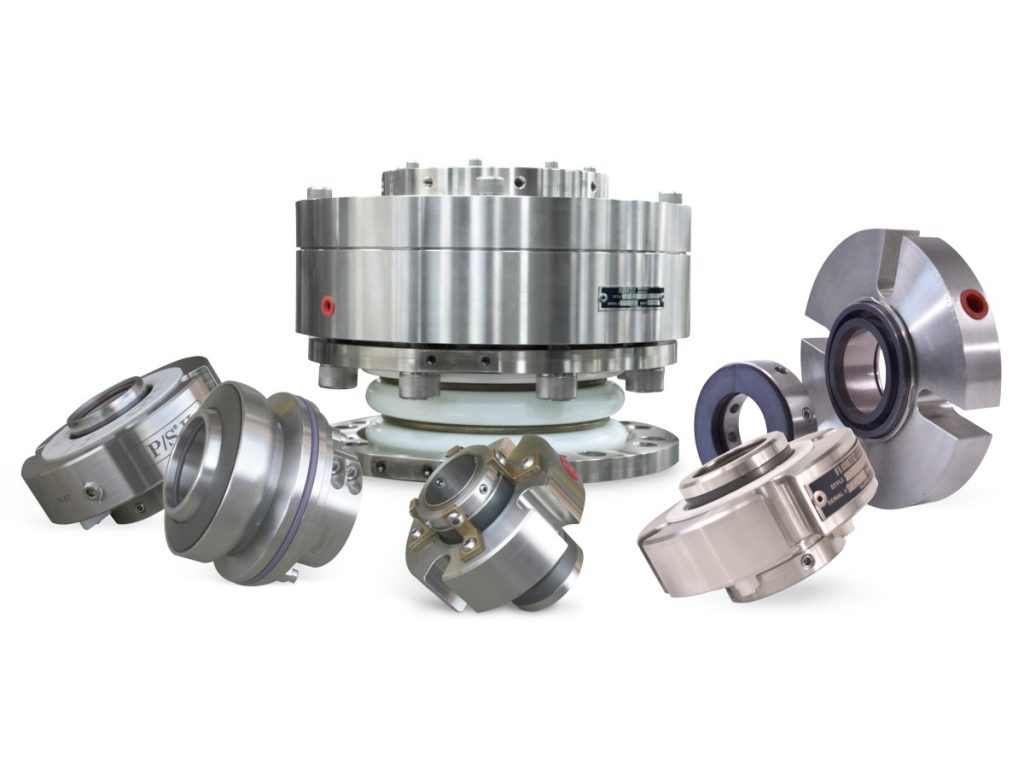Understanding the Difference Between Buffer Fluid and Barrier Fluid in Mechanical Seals
3 min read
Mechanical seals are critical components in pumps and other rotating equipment that prevent the leakage of fluids from the system. They work by creating a seal between the rotating shaft and the stationary housing of the equipment. Two types of fluids are commonly used in mechanical seals: buffer fluid and barrier fluid. While both fluids serve the same purpose, they have different properties and are used in different applications. In this article, we will explore the difference between buffer fluid and barrier fluid in mechanical seals.
What is Buffer Fluid?
Buffer fluid is a liquid that is used to fill the space between the primary seal and the secondary seal in a mechanical seal. It is typically a clean, low-viscosity fluid that is compatible with the process fluid being pumped. The purpose of the buffer fluid is to provide a barrier between the process fluid and the secondary seal, which prevents the process fluid from leaking out of the system.
Buffer fluid is used in single mechanical seals, which have only one set of sealing surfaces. It is also used in double mechanical seals, which have two sets of sealing surfaces. In double mechanical seals, the buffer fluid is used to provide a barrier between the process fluid and the environment, preventing contamination of the process fluid by external fluids.
What is Barrier Fluid?
Barrier fluid is a liquid that is used to fill the space between the primary seal and the secondary seal in a mechanical seal. It is typically a clean, high-viscosity fluid that is compatible with the process fluid being pumped. The purpose of the barrier fluid is to provide a barrier between the process fluid and the environment, which prevents the process fluid from leaking out of the system and external fluids from contaminating the process fluid.
Barrier fluid is used in double mechanical seals, which have two sets of sealing surfaces. In this application, the barrier fluid is used to provide a barrier between the process fluid and the environment, preventing contamination of the process fluid by external fluids. Barrier fluid is also used in applications where the process fluid is hazardous or toxic, as it provides an additional layer of protection against leaks.
Key Differences Between Buffer Fluid and Barrier Fluid
The key differences between buffer fluid and barrier fluid in mechanical seals are:
- Purpose: Buffer fluid is used to provide a barrier between the process fluid and the secondary seal, while barrier fluid is used to provide a barrier between the process fluid and the environment.
- Viscosity: Buffer fluid is typically a low-viscosity fluid, while barrier fluid is typically a high-viscosity fluid.
- Application: Buffer fluid is used in both single and double mechanical seals, while barrier fluid is used only in double mechanical seals.
- Compatibility: Both buffer fluid and barrier fluid must be compatible with the process fluid being pumped.
Conclusion
In conclusion, buffer fluid and barrier fluid are two types of fluids that are used in mechanical seals to prevent the leakage of fluids from the system. While both fluids serve the same purpose, they have different properties and are used in different applications. Understanding the difference between buffer fluid and barrier fluid is important for selecting the appropriate fluid for a given application and ensuring the reliable and safe operation of the equipment.
